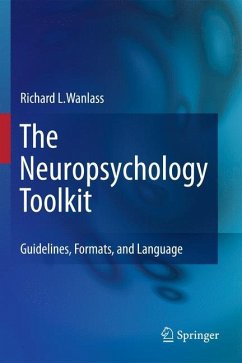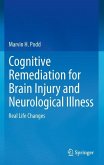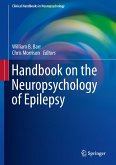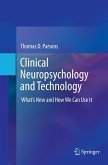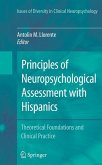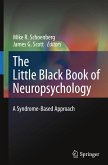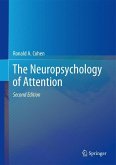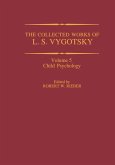During the professional training and careers of psychology interns, postdoctoral fellows, and neuropsychologists, there are many recurring errors, omissions, and misconceptions that can diminish the quality of neuropsychological evaluations. This book provides information, guidelines, and materials to help future neuropsychology supervisees identify, understand, and avoid some of these problems and pitfalls. Also included in the appendices are a neuropsychological questionnaire, short- and long-report formats, and sample statements that can be used to help with wording sections of the report that are particularly challenging to write.
From the reviews:
"The Neuropsychology Toolkit: Guidelines, Formats, and Language provides the beginning clinician with the necessary and fundamental components of writing a concise, coherent, and interpretable neuropsychological evaluation. ... Throughout the book, Wanlass makes extensive use of clinical examples for a range of situations that might be encountered during the neuropsychological assessment process. ... this book can be recommended to the beginning clinician or doctoral student who is pursuing a career in clinical neuropsychology or to clinicians who are unfamiliar with neuropsychological assessment." (Benjamin D. Hill and Joshua S. Kline, Journal of Child and Family Studies, Vol. 22, 2013)
"The author provides the reader with essential scaffolding on what to include in a report and helpful suggestions on how the entire evaluation process might be accomplished. Although it is primarily geared toward trainees that are earlier on in their professional development in the practice of clinical neuropsychology, the book can also be utilized by more seasoned users in a review of sound practice fundamentals. ... this is a useful little book that will easily find a place on students' or supervisors' shelf." (John E. Beauvais, Sara E. Anderson and Katherine D. Kane, Archives of Clinical Neuropsychology, November, 2012)
"The Neuropsychology Toolkit: Guidelines, Formats, and Language provides the beginning clinician with the necessary and fundamental components of writing a concise, coherent, and interpretable neuropsychological evaluation. ... Throughout the book, Wanlass makes extensive use of clinical examples for a range of situations that might be encountered during the neuropsychological assessment process. ... this book can be recommended to the beginning clinician or doctoral student who is pursuing a career in clinical neuropsychology or to clinicians who are unfamiliar with neuropsychological assessment." (Benjamin D. Hill and Joshua S. Kline, Journal of Child and Family Studies, Vol. 22, 2013)
"The author provides the reader with essential scaffolding on what to include in a report and helpful suggestions on how the entire evaluation process might be accomplished. Although it is primarily geared toward trainees that are earlier on in their professional development in the practice of clinical neuropsychology, the book can also be utilized by more seasoned users in a review of sound practice fundamentals. ... this is a useful little book that will easily find a place on students' or supervisors' shelf." (John E. Beauvais, Sara E. Anderson and Katherine D. Kane, Archives of Clinical Neuropsychology, November, 2012)
". . . The author provides the reader with essential scaffolding on what to include in a report and helpful suggestions on how the entire evaluation process might be accomplished. . . . Each section is chock full of information and ideas that can easily facilitate discussions with trainees. . . . A wonderful resource akin to a clinician's thesaurus for writing. . . . A well thought out, useful, and balanced book. . . ." From Archives of Clinical Neuropsychology

